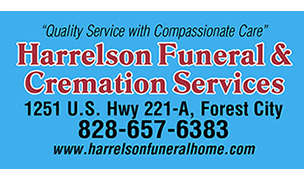Rutherford Regional Health System (RRHS) has begun offering a low-dose CT lung cancer screening through its Radiology Department. Recent studies show that low-dose CT lung cancer screening can lower your risk of dying from lung cancer.
Lung cancer is the leading cause of cancer deaths in the United States, killing more people than colon, breast, pancreatic and prostate cancers combined. Eighty-five percent of lung cancer cases occur in current or former smokers. Fortunately, this disease is often treatable if caught early and now RRHS is fully equipped to assist in that effort.
LDCT (Low-Dose Computed Tomography) works much like an X-ray to produce pictures of your chest and lungs. This screening detects lung abnormalities with less radiation than a conventional CT scan. The CT machine takes a detailed picture of your lungs that helps your physician locate anything abnormal. The scan takes less than 30 seconds and can detect extremely small nodules--meaning cancer can be found in its earliest stages when it's most treatable.
Early in the disease, lung cancer often produces no signs or symptoms at all. That is why it is important to get screened as soon as possible if you are at risk. In some patients, symptoms may indicate the potential presence of lung cancer: chronic cough, shortness of breath, chest pain, coughing up blood, hoarse voice, chronic fatigue, headaches, and painful lumps.
To undergo LDCT lung screening, the first step is to make an appointment with your primary care provider. This appointment will be a time for your physician to determine if you are eligible for screening. If you are eligible, your primary care provider will schedule your CT scan. Medicare now covers the cost of low-dose CT screening for high-risk patients. Many private insurers provide coverage as well.
A primary advantage of the scan is that it is capable of detecting very small but potentially cancerous cells at the earliest stage for the least invasive treatment. Other benefits are that it only takes a few moments of the patient's time; it is painless, non-invasive and without any immediate side effects; there is 90 percent less radiation than a conventional CT scan; and it's proven to reduce the number of deaths from lung cancer among high-risk patients.
It is important to note that a LDCT screening can detect lung cancer in its earliest stages, but it cannot prevent or cure disease. The only way to stop cancer before it starts is to stop smoking. Smokers who are ready to quit should talk to their primary care provider for guidance and helpful tips.









